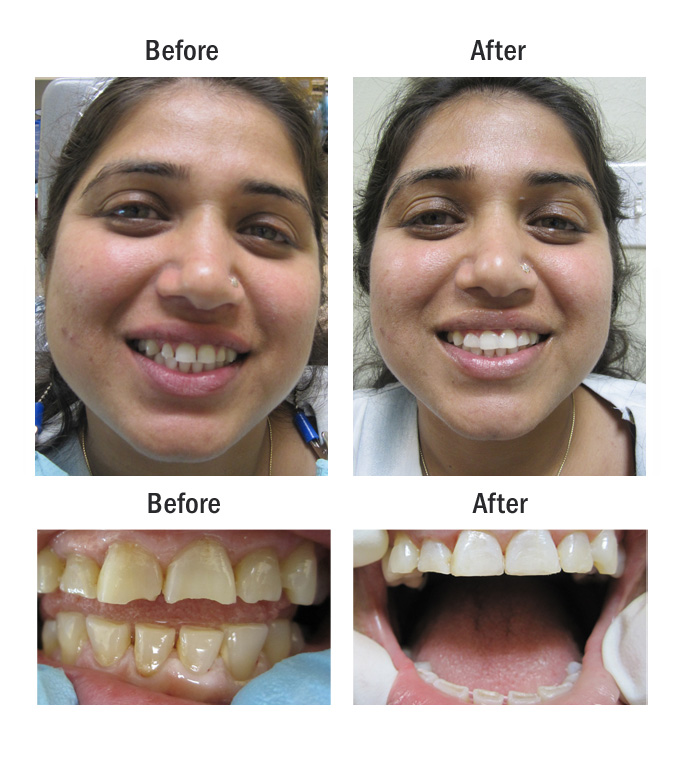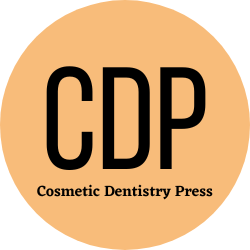What Is Cosmetic Dentistry?
by siteadmin

Cosmetic dentistry is a broad term that encompasses a variety of dental procedures aimed at improving the aesthetic appearance of teeth and gums. These treatments are not deemed essential or necessary from a health standpoint and are typically not covered by insurance plans.
Some cosmetic dental procedures are similar to restorative treatments. Examples include dental implants and dental bonding, which involves a resin putty that repairs chipped or broken teeth.
Teeth Whitening
In this popular procedure, a dentist uses an effective but safe chemical solution to lighten a patient’s tooth color. This typically results in a whiter smile, and it can also help with discoloration caused by coffee, tea, tobacco and other foods and beverages.
A cosmetic dentist has taken extra training that’s solely focused on this collection of treatments, and they’ll have real world experience applying them. They’ll have vast technical knowledge of how they work, and a refined, artistic touch as well.
Candidates for cosmetic procedures should be in good oral health and have a desire to improve their appearance. Your general dentist will be able to discuss your options and find the right treatment for you. For example, if you have cavities or gum disease, these should be addressed first before your smile can be improved with cosmetic dentistry. This will protect your dental health and ensure the treatment’s effectiveness.
Porcelain Veneers
Dental veneers are wafer-thin porcelain shells bonded to the front of your teeth to improve their appearance. They can conceal a wide variety of cosmetic flaws such as chips, cracks, and discoloration. Your dentist will work with you to select a shade that matches your natural tooth enamel. Your dentist also takes into account your skin tone and other teeth color to ensure that your new smile looks completely natural.
Dental veneers can be made of either porcelain or resin composite materials. Porcelain veneers resist stains better than composite veneers. However, they are not suitable for everyone. Patients with underlying issues such as decay or gum disease should not receive them. Patients who clench or grind their teeth at night are not good candidates for veneers either.
Traditional porcelain veneers require that your dentist remove some of the natural tooth enamel in order to apply them. However, no-prep veneers are available which allow you to avoid this invasive procedure altogether.
Dental Implants
Anyone who wants to improve the shape of their teeth and bring balance and symmetry to their smile can benefit from cosmetic dentistry. Some of these procedures are strictly aesthetic while others — such as dental implants or orthodontic treatment — can also improve health and function.
These are specialized dental procedures designed to replace missing or severely decayed teeth. A dentist creates a model of the bite and then a replacement tooth or teeth are created based on this model. They can use a variety of materials, such as titanium with a porous surface that allows for more bone contact, or zirconia, which is harder and more biocompatible than traditional porcelain.
Though the American Dental Association does not recognize cosmetic dentistry as a specialty, some dentists focus on this more artistic side of dentistry. These experts may have additional training in the techniques that are necessary for creating a beautiful smile. They are also often committed to conservative treatment options so that patients are not encouraged to have more dental work than they need or want.
Dental Bonding
Dental bonding, or teeth bonding, is a cosmetic treatment that helps improve the appearance of your smile. In this procedure, your dentist applies a tooth-colored resin to the surface of a damaged or discolored tooth, helping to restore its shape and color. Dental bonding can be used to conceal chips, close gaps or cracks, change the shape of a tooth, cover dark staining and even replace silver dental fillings.
The procedure typically takes 30-60 minutes per tooth. Our dentist will shade-match the composite resin to your natural teeth and carefully apply it to the affected tooth, ensuring that it is shaped properly and blends in with the surrounding area. Once the bonding is complete, your dentist will use an ultraviolet light to harden it and then trim, polish and smooth it for a beautiful finish.
Unlike veneers, dental bonding does not require the removal of any enamel. This makes it a more conservative option for those seeking to make small changes in the appearance of their smile.
Cosmetic dentistry is a broad term that encompasses a variety of dental procedures aimed at improving the aesthetic appearance of teeth and gums. These treatments are not deemed essential or necessary from a health standpoint and are typically not covered by insurance plans. Some cosmetic dental procedures are similar to restorative treatments. Examples include dental…
Recent Posts
- Cutting-Edge Invisalign Treatment in Las Vegas
- Boca Dental and Braces Unveils Cutting-Edge Dental Implants in Las Vegas
- Smiling Bright: Navigating Pediatric Dentistry and Braces for Healthy Young Grins
- Preventive Dentistry: Safeguarding Your Smile Through Check-Ups and Cleanings
- How Long Does Dentist Numbing Last?
